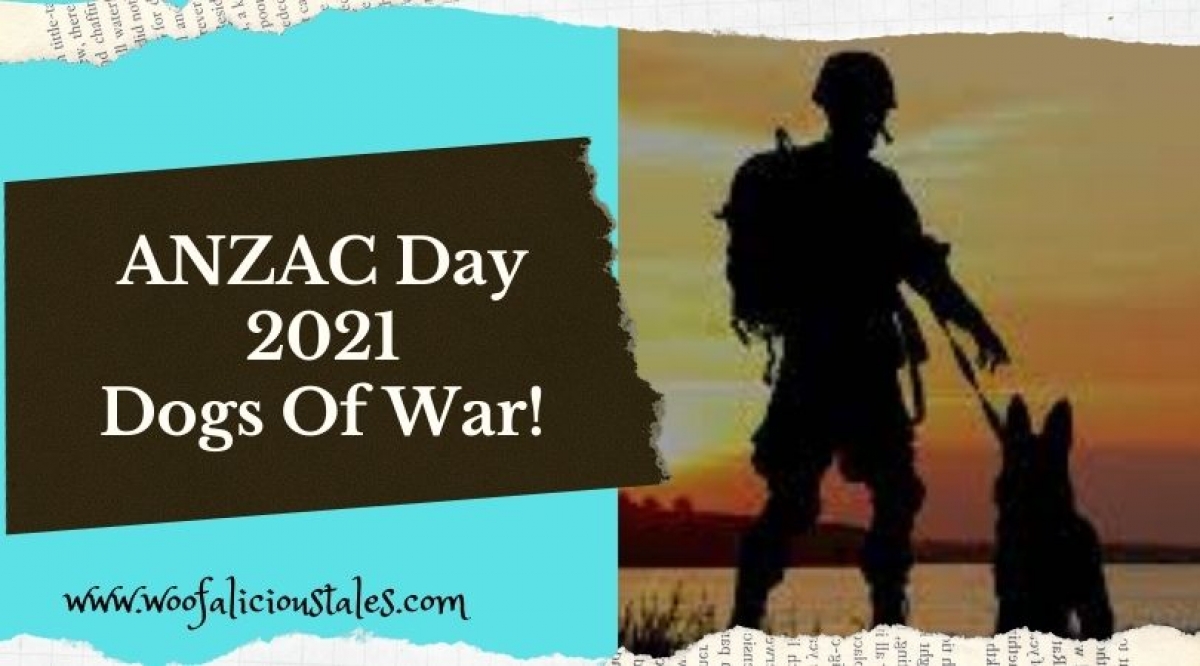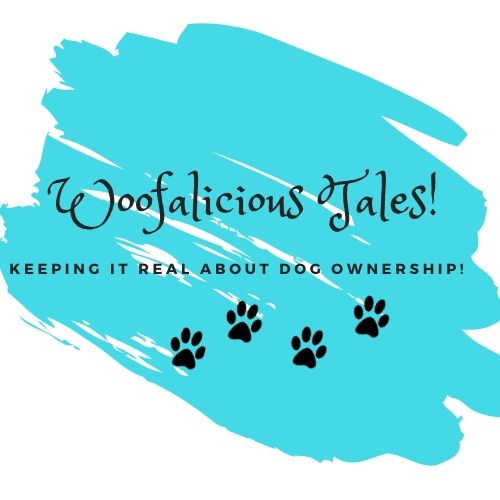
‘Anzac Day‘ is commemorated on the 25th of April every year and has been for the past 100 years.
“ANZAC” was the name given to a combined force of First Australian Imperial Force and New Zealand Army troops who landed on Turkey’s Gallipoli Peninsula at around dawn on Sunday, the 25th day of April, 1915, barely nine months after the outbreak of World War I.’
It is one day out of the whole year we stop to remember those who served and those who sacrificed for their country!
From the Anzac Day website –
‘Today we stand safe and free, clothed with all the privileges and rights of citizens in these great free countries. And all these things – liberty, security, opportunity, the privileges of citizenship – we owe to those men who fought, endured, suffered, and died for us and for their country. Their deeds and their sacrifices gave us the invincible, the intangible, the Spirit of ANZAC.’
I couldn’t agree more!
What’s this got to do with Dogs I hear you ask?
Well, reading about the Anzacs got me wondering, did dogs play a part in War?
Turns out they did!!
DOGS OF WAR!
According to the Anzac Day website – 11 of the most popular contributors to the Australian war effort in Vietnam were Black Labradors.
They were used as tracker dogs – of course! Why doesn’t this surprise me? The ability of their noses is out of this world.
Reading through the website it is apparent that close bonds were formed between man (handler) and his dog (tracker).
Apparently, the dogs were trained from around 10 months old.
Two dogs were assigned to each of the Australian Battalions based at the Task Force Base at Nui Dat!
The dogs were groomed and checked every day, and taken outside the base perimeter for training runs on tracks set through the bush.
THE DUTY OF THE WAR DOG!
According to the Anzac Day Website –
‘Each Tracker Team, consisting of the two dogs and their handlers, were usually called out to follow up enemy trails or to locate suspected enemy hideouts after a contact.
The teams would be airlifted by helicopter into the area of operation. The dogs loved these helicopter flights, finding the cool air a relief from the oppressive tropical heat.
Once on the ground, the dog would be put on to the scent of retreating enemy. The dog would follow the scent, usually at speed, until a location was found.
When he would stop with nose or paw extended in a ‘point’, facing the suspected hideout. The tracker and dog would then fall back while the rest of the section searched the area, often finding wounded enemy or recently occupied bunker systems that would otherwise have been missed.
The dogs were outstandingly successful at their combat tasks in Vietnam.
Apart from their success in locating enemy and their support systems, the dogs saved the lives of their handlers and team members on many occasions.
Although not trained to detect mines (despite recommendations by some soldiers that mine dogs be used in Vietnam), the dogs were intelligent and sufficiently well-trained to do so.’
THE FATE OF THE AUSTRALIAN WAR DOG!
It’s obvious how strong the bond the handler and the dog would have, so one of the hardest parts of the War was when the handler returned home, generally after 1-2 years.
The length of the tour of duty for the tracker dog was 3 years.
Back then, the handlers were not allowed to bring their tracker dog back with them. Some likened it to losing a child!!
Due to quarantine costs and the chance the dog could be carrying a tick thought to cause a deadly disease, saw them have to stay behind.
Not to the lack of trying from soldiers and their families, it was still not allowed.
Many of the handlers felt that their dogs were forgotten in combat and no solider is ever forgotten.
So, a permanent memorial to the dogs was erected in Australia.
‘The Australian War Dog Memorial, complete with carved statue and a drinking trough for dogs, was unveiled at a ceremony on the Alexandra Headland, on the Sunshine Coast, Queensland, in April 2001.
An inaugural reunion of past and present trackers in Queensland in March 2002 further cemented the bonds between those who served with these remarkable dogs of war, and highlighted their importance and rightful place in Australian military history.’
For pictures and more information go to the Anzac Day website
LEST WE FORGET
WHAT DOES ALL THIS MEAN?
That this Anzac Day while we are remembering the sacrifice of men and women in war, lets not forget the dogs that fought with them.
IN THE COMMENTS BELOW – BILLY WOULD LIKE TO KNOW – WHAT YOU THINK OF THE ANZAC DOGS?

Related Posts
Anzac Day 2025 – Lest We Forget – Dogs Of War!
Hey Woofa’s, LEST WE FORGET! ‘Anzac Day‘ is commemorated on the 25th of April…
25 April 2021Anzac Day 2024 – Lest We Forget – Dogs Of War!
Hey Woofa’s, LEST WE FORGET! ‘Anzac Day‘ is commemorated on the 25th of April…
25 April 2021



Leave A Comment